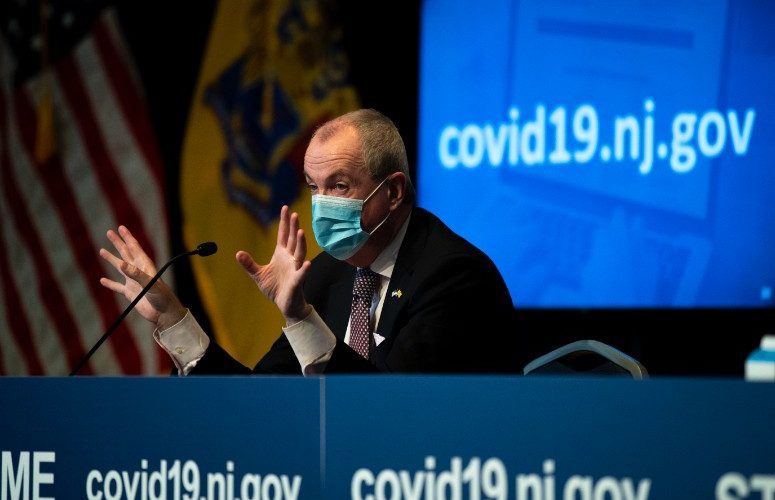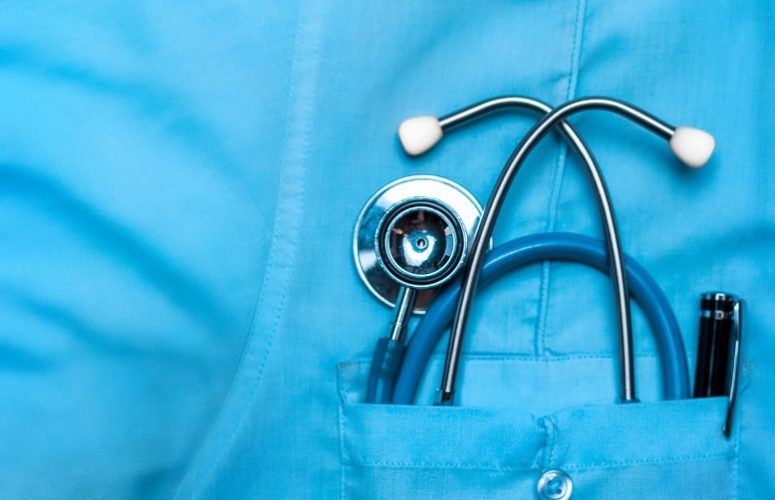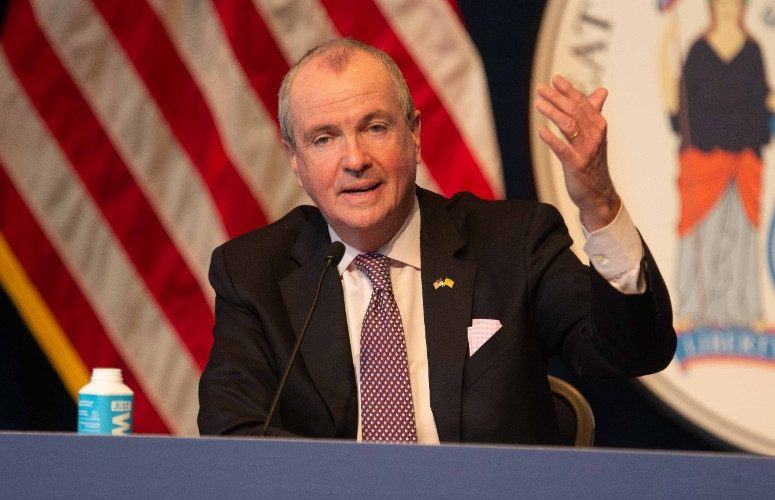
NJ COVID-19 Models Predict Second Wave Peak Could be Worse than Last Spring
By Jim Pytell, Managing Editor On Dec 9, 2020Gov. Phil Murphy today presented several predictive models of various scenarios depicting how the spread of COVID-19 could play out over the next few months based on data collected over the course of the pandemic up to this point.
In what is considered a worst case scenario, where there is “no change in compliance among residents wearing face masks or social distancing while in public” during the holidays, the New Jersey Department of Health (DOH) model predicts a peak of 12,595 reported cases on Jan. 14.
“The estimates of hospitalization that flows through these new cases would be similarly jarring,” Murphy said, with the DOH model showing that a worst case scenario peak for hospitalizations in the state could be 8,747 patients by Jan. 13 – which would be higher than the peak during the spring. The model also predicts that peak numbers of patients in ICU beds could reach 1,679, in addition to 1,088 patients on ventilators.
“While the numbers of new cases are what provides the shock value for the headlines, it is the numbers in our hospitals which are of the greatest concern,” Murphy said. “The metrics on our hospitals, and their ability to ensure treatment for those who need it, are the greatest indicators for our on the ground realities.”
He added that the hospital numbers are the best indicator for determining steps that may or may not need to be taken as a state.
“Protecting the ability of our healthcare system to treat the ill is of paramount concern,” Murphy said. “If the numbers begin to [reflect these models], we will have no choice but to act.”
On April 14, there were 8,270 patients hospitalized in New Jersey, with 2,051 in intensive care (ICU) and 1,872 patients on ventilators. This was considered the “peak” of COVID-19 during the virus’ first wave.
“Comparing those numbers to today, we certainly are in better shape, but we know that this is a long haul,” Murphy said.
In the DOH’s moderate-case scenario model for the next few months, where individuals “continue to do a little more with masking and social distancing,” and limit the amount of indoor gathering over the holidays, the department predicts a peak of 9,120 cases on Jan. 13, with a hospitalization peak of 6,333 on Jan 14. ICU patients would peak at 1,215 on Jan. 14 as well, with patients on ventilators also topping out at 788 on Jan. 14.
“Under these assumptions we see a path where our hospital metrics stay within the safety zone,” Murphy said.
Additionally, with New Jersey just days away from receiving its first shipment of vaccines, Murphy said that expectations need to be tempered as to the immediate impact that they will have.
“As we look through the remainder of this month and into early 2021, our vaccination rates will not yet be in a place where they will have any significant impact on our path,” Murphy said. “While we can see the light at the end of the tunnel, and we can begin to see an end date, we have to continue to hunker down in the meantime. This is no time for any of us to get lax.”
To access more business news, visit NJB News Now.
Related Articles:







